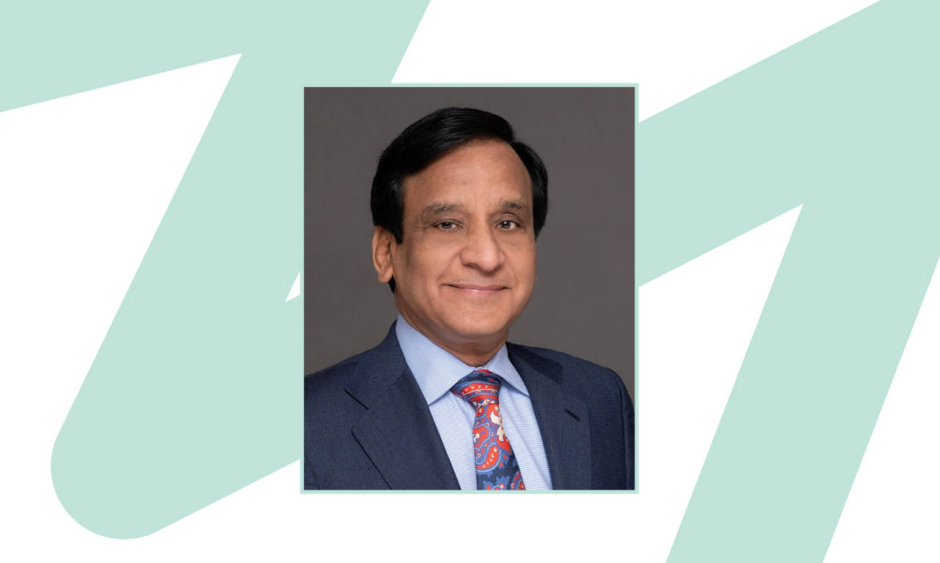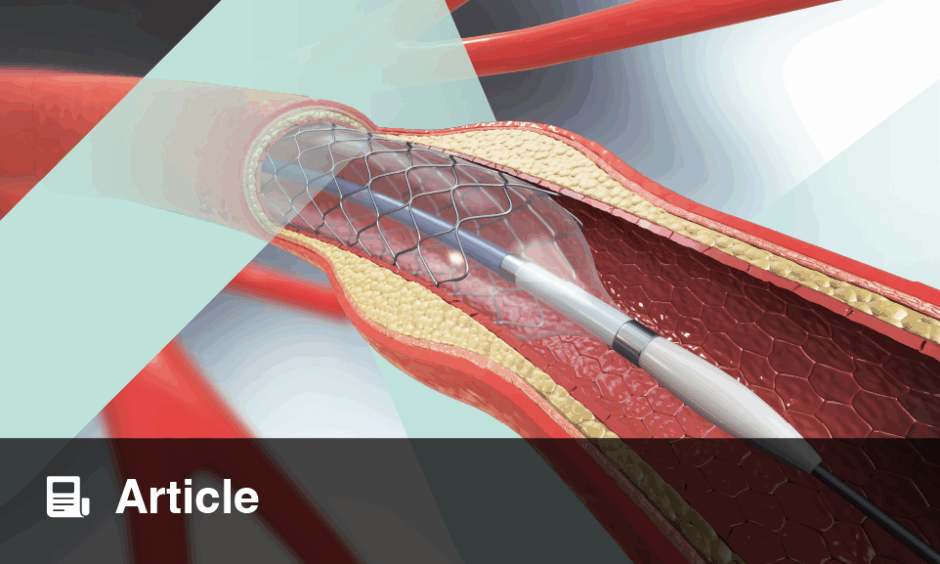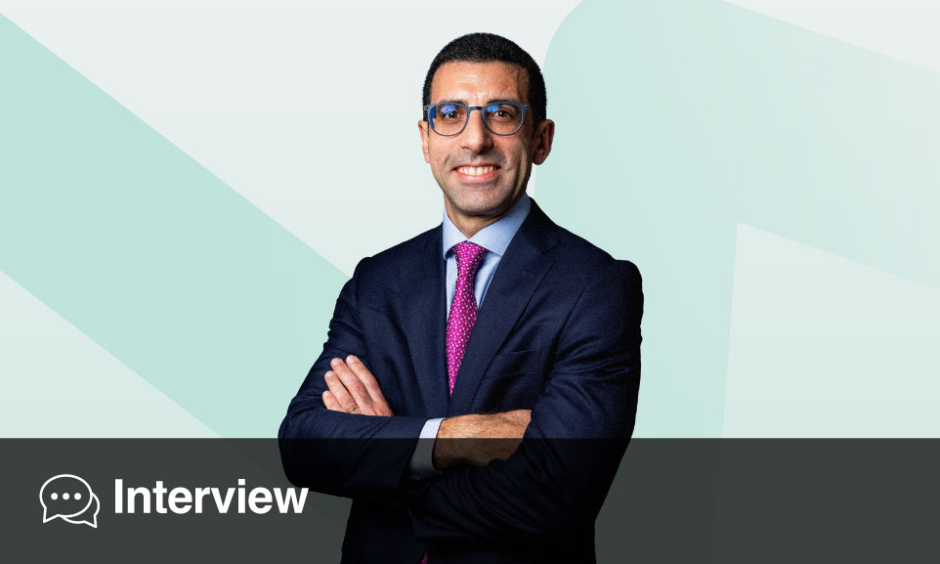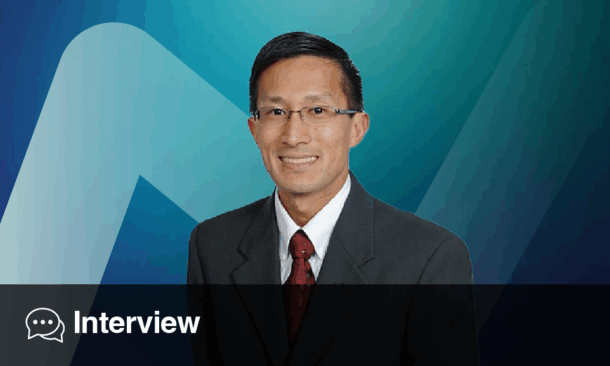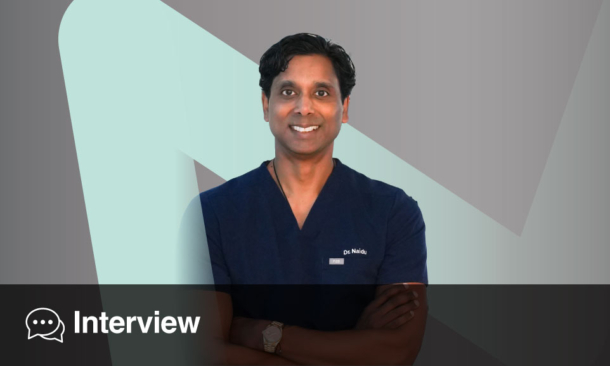Samin Sharma | The Zena and Michael A. Wiener Cardiovascular Institute, Icahn School of Medicine at Mount Sinai, New York City, New York, USA
Citation: EMJ Int Cardiol. 2023; DOI/10.33590/emjintcardiol/10307944. https://doi.org/10.33590/emjintcardiol/10307944.
![]()
You are renowned for performing over 1,600 high-risk complex coronary interventions per year, with an extremely high success rate (greater than 99%), while achieving an extremely low complication rate (less than 0.2% major complication). What underlies this outstanding record?
When I came to the USA in 1983, percutaneous coronary intervention (PCI) was emerging as a treatment option for coronary artery disease. This was a relatively rapid advancement. Andreas Grüntzig performed the first percutaneous transluminal coronary angioplasty in 1977 and by 1981–1982 this technique had already started to gain acceptance. Despite this, I knew very little about the technique before emigrating. It was only once I arrived in the USA and started learning about the field that I decided to make it my speciality. After my residency, I completed a cardiology fellowship, an extra catheterisation and then interventional fellowship, and eventually became an attending physician in 1990. When I was attending in the cath lab, my passion was to become good at opening blockages. However, I also recognised the importance of dedication and sincerity from point zero to the end. It was not enough to master interventions in the cath lab alone, I was the first one to see a patient and was also responsible for conducting follow-up care. To me, the actual procedure represents just the middle stage. I am also heavily involved in the upstream and downstream tasks.
Over time, I gradually increased the volume of procedures I performed. Data from the state of New York revealed that I performed 572 interventions in 1994, with zero mortality. In 1998, we did a live symposium of complex coronary cases. During a 2-day period, we performed 24 live cases, including six unprotected left main coronary artery interventions. As a result of this symposium, I performed between 650 cases that year, which then increased to 800 in 1999 and 1,100 in 2000. So, I did my first 1,000 cases in the academic year of 1999–2000. Now, I perform approximately 1,800 cases each year: 1,600 in the USA and 200 in India. I have emphasised the importance of dedication and following all the common steps of a process in order to achieve the best possible outcomes. Equally important but often missed is the need to keep the patient’s referring physician in the loop. I will do the angiogram and then call the primary care physician while the patient is on the table. This way, the patient hears that I am involving their physician in the decision-making process, which helps build confidence and shows that I am aware of the bigger picture.
To summarise, a lot of interventional cardiologists achieve very good results. However, in the entire state of New York, no one else does more than 1,000 PCIs. I am the only one, and I set this record in 1999–2000. This success has arisen because I consider the patient journey in its entirety and maintain excellent communication with the referring physician. This approach has also allowed me to achieve a very low complication rate despite the fact I treat complex cases.
In July 2009, you launched Complex Coronary Cases (CCClivewebcast), a live monthly webcast series. How has this helped advance the training of cardiologists globally?
After the success of the annual CCC Symposium, I felt that there was a strong need for a teaching weekly, and this was the foundation of the start of the CCC Live Webcast. We first started monthly live performance of a complex coronary case every third Tuesday, from 8–9 a.m., and was relayed to global participants, where they can ask the question via the moderator. I also give a didactic lecture for 20–30 minutes during the webcast. We then added monthly endovascular live webcast in 2013 and Structural Heart live webcast in 2016. These live webcast events have been extremely successful now, with over 25,000 participants monthly in 175 countries globally.
Under your directorship, the CCC Symposium is now in its 22nd year. Please could you discuss the educational objectives and key take home messages from the 2022 conference? Looking ahead, what will be the primary focus of the 2023 course?
Since its inception in 1998, the emphasis of the CCC Symposium has been on showing cases, from start to finish, and highlighting the struggles. We can then explore how to overcome these challenges, such as what happens when you cannot wire and need a new device. This approach also allows us to share our thought processes with the audience. I explain the rationale behind why I selected one device over another. We also teach the importance of making complex cases as simple as possible. Often, you don’t need to open each small blockage (unless the patient is very young). I believe that once you have taken care of the major blockage in older patients (those aged 70–75 years), the other blockages can be taken care of by medicine. Ultimately, addressing the major blockage is what determines the prognosis and achieves the best results. This is what we have tried to show in previous symposia and it will also be the goal of the 2023 conference.
Our field is vast, with many devices and techniques. Therefore, the specific focus of the CCC Symposium is atherectomy. Of the 12 cases performed over the course of a day, eight or nine will involve the treatment of coronary bifurcation and heavily calcified lesions. So, we try to teach people how to use atherectomy properly, safely, and in such a way that they can perform cases that otherwise would have been sent for surgery. We also keep up-to-date with the latest data. For example, 15–20 years ago, atherectomy was performed using a bigger burr and an aggressive debulking approach. However, this was associated with more complications. Now, we have learned that a little bit of plaque modification, rather than debulking, with subsequent balloon stenting is often adequate for the treatment of calcified bifurcation lesions. For this reason, the CCC Symposium emphasises the importance of changing our philosophy and adapting our techniques to keep pace with the ever-accumulating medical evidence.
Please could you explain the rationale and background of the Eternal Heart Care Centre (EHCC), which you co-founded in your native Jaipur, India? To date, what have been the greatest achievements of the hospital?
After helping the cath lab at Icahn School of Medicine at Mount Sinai, New York City, New York, USA, become one of the best and busiest centres in the state of New York, with the highest safety rating based on the American College of Cardiology (ACC) National Cardiovascular Data Registry (NCDR) report, I dreamt of replicating this in my native Jaipur. The government gave us the land in 2009 and it took roughly 5 years to build the hospital, which is a seven-storey building with a total of 252 beds (of which 106 are intensive care unit beds). The hospital became operational in 2014 and has grown significantly in the community. It was initially only a heart hospital, but now we have also added other medical and surgical branches. One of the greatest achievements of the centre is the state-of-the-art patient care, best characterised by the 100 kidney transplants and eight heart transplants performed to date. Currently, we are in the process of applying to do a combined heart and lung transplantation. In addition to offering the best possible care, we are affiliated with Mount Sinai, which means that latest devices and special medicines can be made readily available at EHCC. Our affiliation with Mount Sinai also means that we have access to an extensive network of cardiologists, internists, neurosurgeons, urologists, and other attending physicians, who will travel from the USA to the EHCC to perform operations. Finally, I am very proud of the fact that we have established the hospital as a main centre for complex electrophysiology and coronary interventions in North India.
The guiding principles of the EHCC are also very important to me. Along with my wife Manju Sharma, who actually runs the hospital, I have helped to establish a culture where you do the right thing for the right patient. Even though complications will occur, you should not do unnecessary surgery or stenting. This concept allows us to provide the best service without unduly pressuring our doctors.
The mission of the EHCC is “to redefine healthcare by improving outcomes and experience of patients through cutting edge research and personalised clinical care including innovative, preventive, diagnostic, therapeutic, and rehabilitation services.” How close are you to achieving this goal, and what further efforts are necessary?
We will continue to improve our quality of care, especially in the field of transplant medicine. At the moment, we are in the process of developing a gastrointestinal team to perform liver transplantations. After starting lung and liver transplantation services, the next step is to branch out and provide healthcare to more people. Therefore, we purchased another hospital, also in Jaipur, which we call EHCC Sanganer. In addition, we are working with two other hospitals in the state of Rajasthan, India, specifically the cities of Kota and Sikar. Our final objective is to create a foundation that will allow disadvantaged people and poor communities to access health services. To achieve this, we have created the charitable Eternal Care Foundation in Jaipur, which provides funds for medical care of needy and poor underprivileged patients.
This year, you were named Director of the Mount Sinai Cardiovascular Clinical Institute (CVCI). Please could you tell us about your previous contributions to Mount Sinai’s complex coronary care as well as the responsibilities you will undertake in the new role?
In this new role as the director of CVCI, I will further enhance clinical care, operations, innovation, education, and clinical research. I have been performing most of these functions for last 10 plus years but will have the authoritative title.
In your opinion, what have been the top advance of interventional cardiology in 2022?
I believe that the top advance was actually a negative finding. In people with blockages in multiple arteries, heart function is decreased, and blood flow is reduced. Previously, we thought that coronary stenting in these patients if they have viable myocardium, would improve heart function, and prolong patient survival. However, the recent REVIVED-BCIS21 trial showed that PCI did not reduce all-cause mortality or heart failure hospitalisation compared with optimal medical therapy in this patient group. Based on this study, interventionists will be careful before proceeding for percutaneous coronary intervention in patients with extensive coronary artery disease and severe left ventricle dysfunction. Importantly, we need to change our approach in treating these patients accordingly with extra emphasis on guideline directed medical therapy.
What are your recommendations for the future direction of clinical research in the field?
There are two major ongoing trials I would like to mention. Firstly, the PROTECT IV study, which aims to determine whether the Impella® (Abiomed, Danvers, Massachusetts, USA) assist device is necessary when performing complex cases, namely high-risk PCI patients with reduced left ventricular function. Secondly, the ECLIPSE trial, which is evaluating orbital atherectomy versus a conventional balloon angioplasty technique for the treatment of severely calcified lesions prior to the implantation of drug-eluting stents.
In addition, there are trials exploring optimal antiplatelet therapy post PCI, with a focus on safely abbreviating the duration of antiplatelet medications. Furthermore, numerous trials with long-term follow-up such as FREEDOM, BEST, and SYNTAX trials, which have tested PCI against coronary artery bypass grafting, and this field continues to evolve.
In my opinion, there are three significant unmet needs that need to be addressed: do you need a left ventricle assist device in patients with low ejection fraction when performing complex PCIs; whether a drug-coated balloon in native small coronary arteries is better than drug-eluting stent; and can atherectomy improve long-term outcome of patients with complex calcified lesion? I hope that we will have answers to these questions in the next few years.
Currently, you are the sponsor of a clinical trial investigating rotational atherectomy combined with cutting balloon (RotaCut Trial) to optimise stent expansion in calcified lesions. Please could you briefly describe the study design and outcome measures and highlight the wider relevance?
We all well know that rotational atherectomy is an established modality for debulking calcified lesions. However, complications especially slow flow or no flow phenomena and dissection can occur in 2–4% of cases. Further, even after successful treatment, arteries can re-stenose. Therefore, this intravascular ultrasound guided RotaCut Trial is testing whether small-burr rotational atherectomy with the addition of a cutting balloon will result in increased vessel lumen, better stent expansion, and fewer cardiac problems compared to the current standard treatment of rotational atherectomy with a medium size burr followed by high pressure balloon inflation. This is an ongoing pilot study being conducted at two sites in the USA and enrolling total 60 randomised subjects. To date, we have recruited approximately 45 patients. If this yields positive results, it will be a critical step in the development of a new interventional technique. Of course, the next stage would be a large scale randomised, multicentre trial of 700–800 patients in order to show significant clinical treatment effect (my pilot study will prove whether the mechanism itself makes sense). We hope the RotaCut Trial will provide a framework for reducing complications associated with rotational atherectomy, by using a smaller burr while achieving more optimal stent expansion, which may correlate with better long-term clinical outcomes.
Finally, is there anything extra that you would like to add?
The field of interventional cardiology will continue to evolve and progress at a very fast pace, with the introduction of new devices and techniques to improve procedural safety and more durable long-term results.

